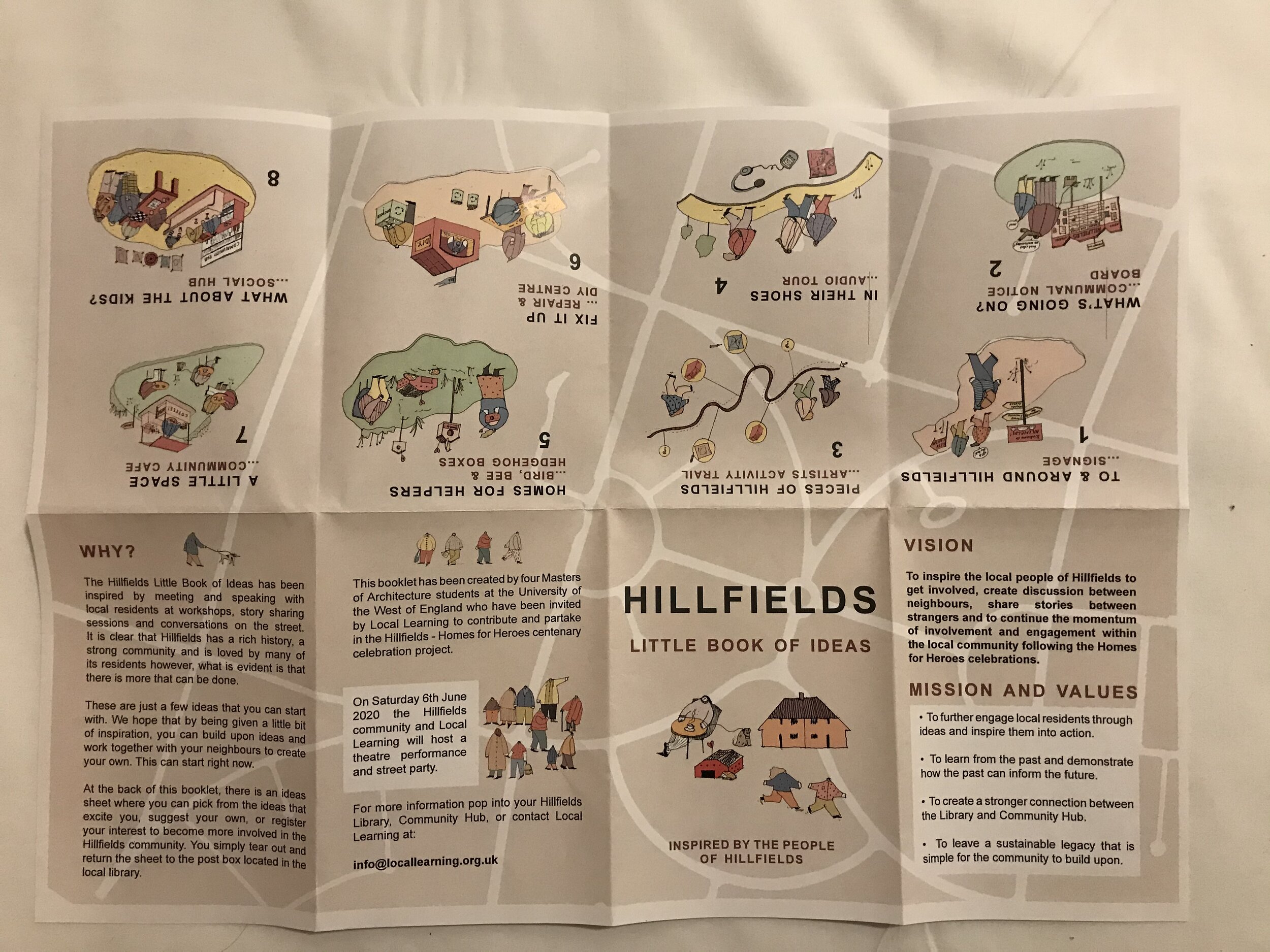What is a typical live community architecture project?
Live projects are distinct in their engagement with communities and other agencies outside of the university. We define live community architecture as:
’A form of spatial agency which involve a community or not-for-profit organisation in collaborating with architects and/or architecture students to co-create a brief, timescale, budget, product and process for their mutual benefit, with the intention of making a positive impact in these communities’.
Projects might include:
- Production of design feasibility reports in collaboration with a community group
- Collaborative construction of a physical structure for a public space or event
- Public consultation
- Public exhibition
- Internship or residency
- Knowledge exchange partnerships
Background
Hands-on-Bristol aims to gather together a broad understanding of the impacts of live projects on education and practice, research, the wider community and the academy. Whilst each documented project explores an individual research agenda, the larger project as a whole (as the work documented here and as a sum of the smaller projects) addresses the following research question:
How can live projects, as a form of knowledge generation, be developed to facilitate research and design collaborations between the community and the academy?
The research has three key themes:
- The relationship between education and practice.
- Live architecture projects as research.
- The relationship between the wider community and the academy
These are explored under the following sub-questions:
- Is the live project the vehicle to bridge the gap between education and practice by creating a truly professional graduate aware of the social and ethical responsibility of its profession?
- How and what knowledge is produced through live architecture projects?
- What relationship does the live project facilitate between the academy, the community and the profession and what impact does this have on the production of knowledge?

